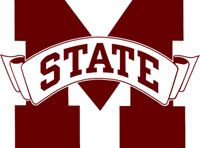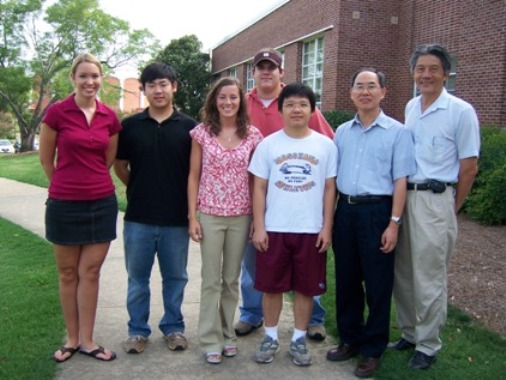Mississippi State University 2006
From 2006.igem.org
(Difference between revisions)
| Line 82: | Line 82: | ||
* After three rounds of testing, we are unable to verify our hybB promoter as a hydrogen sensing promoter. However, the results do indicate that hydrogen sensing capabilities are probable | * After three rounds of testing, we are unable to verify our hybB promoter as a hydrogen sensing promoter. However, the results do indicate that hydrogen sensing capabilities are probable | ||
| - | * The results from the test with J43000 were not at all expected. The tetR switch was reported to be an inverter in the registry. Therefore, these results could be explainable by a mistake in the registry. On the other hand, our results could be explained by our promoter functioning as an inverter as well. In that case, there should increasing fluorescence with hydrogen concentration. | + | * The results from the test with J43000 were not at all expected. There are several points in the data that are unexplainable. It would appear as though some human error in testing or our tetR switch led to the inconsistencies. The tetR switch was reported to be an inverter in the registry. Therefore, these results could be explainable by a mistake in the registry. On the other hand, our results could be explained by our promoter functioning as an inverter as well. In that case, there should increasing fluorescence with hydrogen concentration. |
* The results from the test with J43001 were also not as expected. The LacI switch was not known to be an inverter. However, our results show that the entire part was producing an inverted signal. Either the LacI switch is an inverter or the promoter itself could be an inverter. If either of these are true, we would see decreasing fluorescence with hydrogen concentration. | * The results from the test with J43001 were also not as expected. The LacI switch was not known to be an inverter. However, our results show that the entire part was producing an inverted signal. Either the LacI switch is an inverter or the promoter itself could be an inverter. If either of these are true, we would see decreasing fluorescence with hydrogen concentration. | ||
| - | * Based on the tests, it would appear as though our promoter displays some inverting characteristics. This is the only possible outcome that could explain the results from both tests. | + | * Based on the tests, it would appear as though our promoter displays some inverting characteristics. This is the only possible outcome that could explain the results from both tests. J43001 seems to be a working part with inverting characteristics. J43000 does not show the same promise, it will need to be tested again to determine the reasoning behind our data. |
* Further testing should be performed to determine if this promoter is actually an hydrogen sensing promoter, and therefore, an inverter. At the moment we do not have the ideal equipment for testing fluorescence. With more funding and better equipment, we might be able to get a better idea of the capabilities of our parts. | * Further testing should be performed to determine if this promoter is actually an hydrogen sensing promoter, and therefore, an inverter. At the moment we do not have the ideal equipment for testing fluorescence. With more funding and better equipment, we might be able to get a better idea of the capabilities of our parts. | ||
|} | |} | ||
Revision as of 15:53, 27 October 2006
The TeamFaculty Members:
Students:
|
Introduction
|
H2 Reporter
|
Results |
Discussion
|
Accomplishments
|


